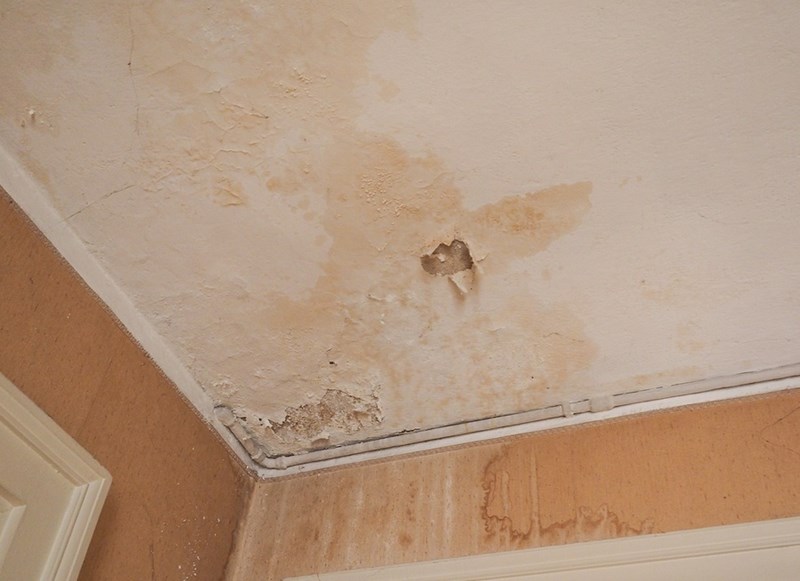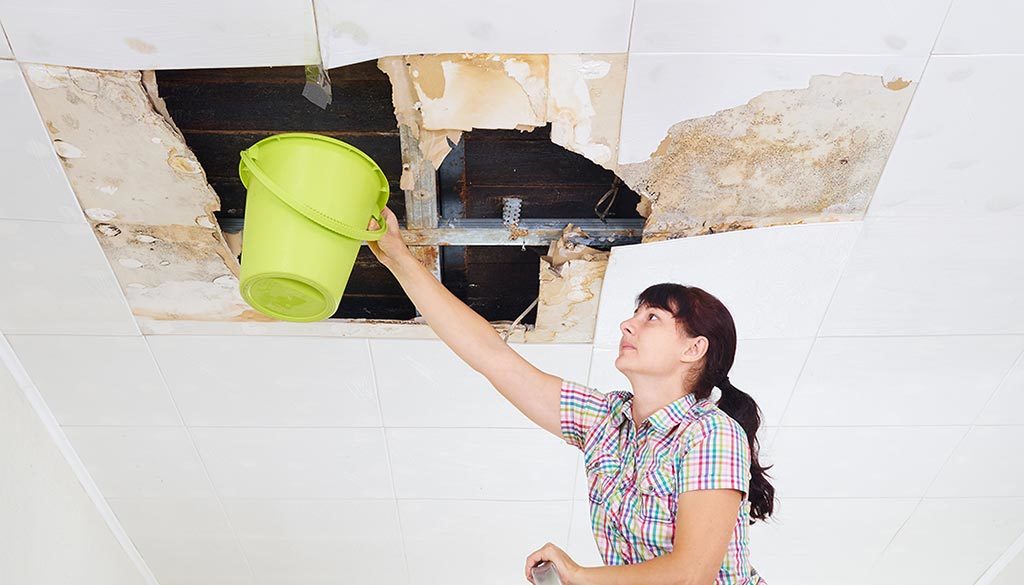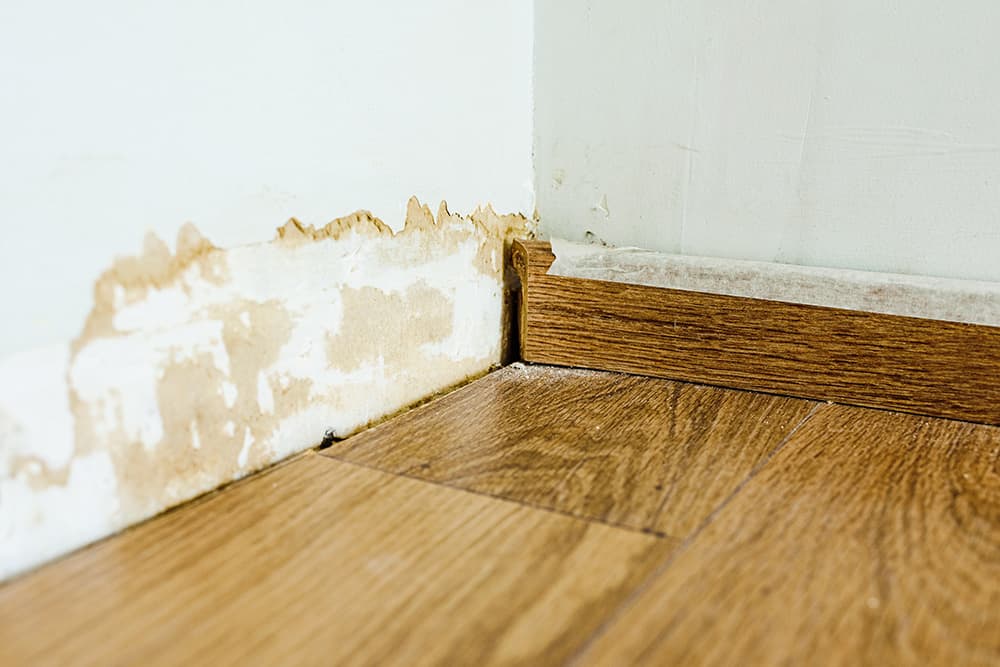Water Damage Cleanup Experts Offering Prompt and Efficient Solutions
Water Damage Cleanup Experts Offering Prompt and Efficient Solutions
Blog Article
The Process of Water Damages Clean-up: Guaranteeing Your Home Is Recovered Efficiently
Water damages can be a difficult obstacle for home owners, demanding a careful and structured cleaning procedure to recover safety and capability. A thorough evaluation is essential to recognize the level of the damage and figure out the ideal removal steps. Following this, efficient water removal strategies play a crucial function in minimizing additional damage. Nevertheless, the nuances of drying, sanitizing, and ultimate restoration are just as necessary and often forgotten. Recognizing these phases can make a substantial difference in the outcome of your home's reconstruction, triggering a closer check out what each step involves.
Analyzing the Damages
Upon finding water damage, the very first step is to completely examine the level of the influence. This first evaluation is crucial, as it helps establish the essential actions for efficient cleanup and remediation. Begin by evaluating the influenced locations, consisting of walls, ceilings, floors, and personal possessions, to recognize the source of the water invasion, whether from flooding, leakages, or condensation.
Documenting the damages is necessary for both insurance coverage cases and preparing remediation efforts - damage restoration services. Usage photographs and created notes to record the extent of the damage, keeping in mind any kind of damaged architectural components and products. Pay unique attention to areas that may not be immediately visible, such as behind wall surfaces and under rugs, as concealed wetness can cause more issues, consisting of mold and mildew growth
In addition, assess the timeline of the water direct exposure. Inevitably, a detailed evaluation lays the groundwork for a successful water damage cleaning process, making sure that all affected locations are resolved properly and thoroughly.
Water Extraction Methods

Professionals usually employ submersible pumps for bigger volumes of water, which can promptly reduce flooding in cellars or various other impacted locations. For smaller amounts, wet/dry vacuum cleaners are commonly used to remove recurring dampness from carpets and tough surface areas. In addition, using portable extractors permits targeted elimination in restricted spaces or locations with fragile products.
In instances of polluted water, such as sewage or floodwater, progressed removal methods might involve using biohazard tools to make sure safety and compliance with health and wellness guidelines. High-powered extraction tools are essential in lessening water retention in architectural products, which can bring about mold and mildew growth and architectural wear and tear if not addressed without delay.
Inevitably, the effectiveness of water extraction techniques plays a critical duty in the total success of the water damage cleanup process, laying the foundation for succeeding reconstruction initiatives.
Drying and Dehumidification
Once standing water has been successfully extracted, the following vital phase in the water damages clean-up process is drying and dehumidification. This step is necessary to prevent additional damages and mold development, which can happen within 24 to 48 hours in wet settings.
To achieve efficient drying, specific tools such as industrial-grade air moving companies and dehumidifiers is used. Air movers circulate air across wet surfaces, enhancing evaporation rates, while dehumidifiers reduce humidity degrees in the air, promoting a helpful environment for drying. The mix of these tools makes certain that dampness is extracted from floorings, home furnishings, and wall surfaces, allowing them to completely dry thoroughly.
It is essential to keep an eye on the drying out process closely. Experts typically use dampness meters to examine the moisture material in numerous products, guaranteeing that all influenced areas get to acceptable dryness levels. This careful approach helps to avoid concealed moisture pockets that could bring about structural damages or harmful mold growth.

Cleansing and Sanitizing
After the drying and dehumidification phase is full, the next vital action in water damage cleaning is cleaning up and disinfecting the influenced locations. This procedure is important to stop the growth of mold, microorganisms, and various other microorganisms that prosper in moist atmospheres.
The cleansing phase normally involves getting rid of any debris, dust, and contaminants from surfaces making use of specialized cleaning agents. For tough surfaces, a combination of soap and water or industrial cleansing products is commonly utilized. Soft products, such as furniture and rugs, may need more considerable cleansing methods, consisting of steam cleaning or deep removal strategies, to guarantee complete sanitation.

Sterilizing complies with cleansing, utilizing EPA-approved anti-bacterials to remove harmful microorganisms. This step is crucial, specifically in areas that may have come right into contact with floodwaters or sewer, as these sources can present serious health threats.
In addition, it is essential to address any type his response of continuing to be smells, which might need making use of smell neutralizers or innovative strategies like ozone treatment. Appropriate cleansing and sterilizing not just restore the security and health of your home however also prepared for effective repair and repair work in succeeding stages of the water damage cleanup process.
Remediation and Repair Services

Once the analysis is total, remediation efforts can begin. In addition, flooring might require comparable interest, depending on the degree of water direct exposure.
It is important to involve seasoned remediation specialists during this process, as they possess the knowledge to take care of intricate repairs effectively. They can aid mitigate prospective future concerns, such as mold growth or structural instability, thus guaranteeing a secure and habitable living atmosphere. Eventually, efficient reconstruction and repair work recover the home's stability and enhance its general worth.
Conclusion
To conclude, the process of water damages cleaning is critical for recovering a home to its pre-damage condition. Each stage, from analyzing the damages to carrying out effective water removal strategies, adhered to by thorough drying, disinfecting, and necessary fixings, plays a crucial role in making sure safety and security and compliance with building requirements. Efficient implementation of these steps not just minimizes instant damage but additionally improves the long-term integrity and worth of the property.
Water damages can be a complicated obstacle for house owners, necessitating a careful and structured cleaning procedure to restore safety and security and performance. Inevitably, a comprehensive assessment lays the groundwork for a successful water damage cleaning process, making certain that all influenced areas are attended to properly and extensively.
Efficient water removal strategies are important in minimizing damage and protecting against additional problems complying water damage restoration near me with a water breach event.In final thought, the procedure of water damage cleaning is essential for restoring a home to its pre-damage condition. Each stage, from assessing the damages to executing reliable water extraction techniques, complied with by detailed drying, disinfecting, and necessary repairs, plays an essential duty in ensuring safety and conformity with building requirements.
Report this page